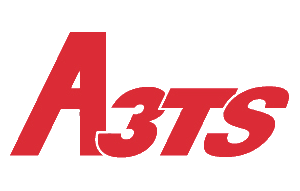CT01 - Heat treatment of structural and special steels
Inter-company and intra-company courses
73% satisfaction
Educational objectives
Understand and master the selection, implementation and monitoring of annealing, quenching and tempering heat treatments in the mass.
Data exploitation.
PROGRAM
1. Reminder of the main transformation mechanisms during heating and cooling of iron-carbon alloys according to their chemical composition
See the program "Basic metallurgy applied to heat treatment of metal alloys".
2. Annealing, justifications, structure and property relations
Hardening - Austenitization: role, conditions, choice according to the grades - Different types of annealing - Normalization treatment - Defects
3. Hardening mechanisms
Hardening by tempering (martensitic transformation) :
- Implementation of hardening by tempering
- Austenitization - Quenching (conditions, choice of quenching liquids)
Income:
- Mechanisms of evolution according to temperature and grades
- Time-temperature equivalents
- Processing - Hardening and tempering specifications
- Defects
ADDITIONAL INFORMATION
To deepen your knowledge we suggest you create a training course using the modules CT02, CT03, CT04 or CT05 of the catalog.
CONTACT US
formation@a3ts.org
+33 (0)1 45 26 22 35
Accessible to people with reduced mobility: yes. Accessible to people with other disabilities: please contact our disability advisor on +33 (0)1 45 26 22 35 to discuss the situation together.
- INTER DATES
- 05-06/05/2025
- 06-07/10/2025 Open to groups of 4 or more.
- DURATION
2days (14h)
- PUBLIC CONCERNED
All levels
- PREREQUISITES
None
- METHODS USED
Paper or digital lessons and exercises.
Multiroom videoconferencing platform with chat.
- PLACE
Face-to-face INTER: A3TS Paris
Face-to-face INTRA: on site
Distance learning: videoconferencing
- RATES
Inter: €1,260 excl. tax/person
Intra: on request
- TRAINER
Metallurgical engineer specialized in heat treatments.
- EVALUATION METHODS
Satisfaction survey at the end of the session.
Evaluation of learning at the beginning and end of the training.




